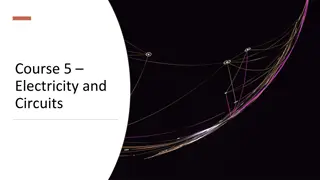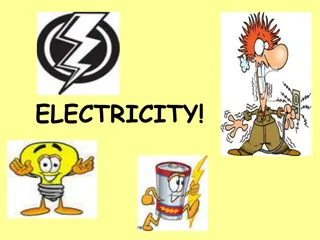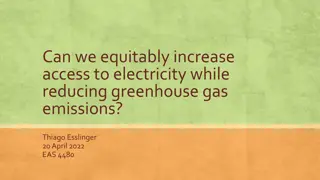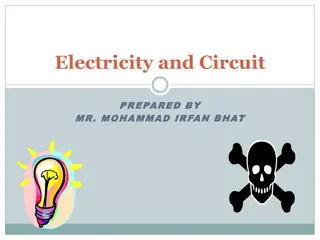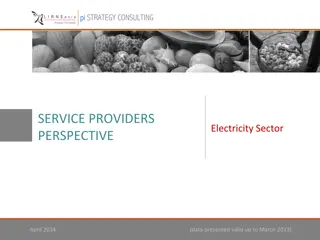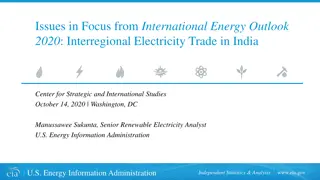Life Without Electricity in Early 1900s
In the early 1900s, life without electricity meant relying on manual labor, horses, and windmills for power. Tasks were harder, but communal activities like taffy-pulling and music filled evenings. Light came from candles, and water wheels converted water energy. Discover how people adapted in a world without power.
Download Presentation

Please find below an Image/Link to download the presentation.
The content on the website is provided AS IS for your information and personal use only. It may not be sold, licensed, or shared on other websites without obtaining consent from the author.If you encounter any issues during the download, it is possible that the publisher has removed the file from their server.
You are allowed to download the files provided on this website for personal or commercial use, subject to the condition that they are used lawfully. All files are the property of their respective owners.
The content on the website is provided AS IS for your information and personal use only. It may not be sold, licensed, or shared on other websites without obtaining consent from the author.
E N D
Presentation Transcript
There would be no power to use your fridge or freezer, telephone lines would be down and phone signal lost Your mobile phones will be useless as the battery dwindles, with no back up charging option. Your gas central heating won't work and your water supply would soon stop pumping clean water. telephone lines would be down and phone signal lost. HELP!!!!!!!!!!!!!!!!!!!!!!!
In the early 1900s, before electricity, power to accomplish everyday tasks came from the labor of the entire farm family and their hired hands Power also came from horses and windmills Occasionally, stationary gasoline engines were used to run pumps, washing machines or other equipment. Power also came from horses and windmills
Common tasks took much longer and were much harder to perform. Some of those chores were made into a sort of entertainment by inviting neighbors over for a taffy-pulling or corn shucking. There were games for children such as jacks, hopscotch, and jumping rope. Sunday being a day of rest, church was an important part of socializing with potlucks
They did have light, in the form of candles and fireplaces, and they did not just sit glumly in the dark! In the evening there might be an hour or so of music or conversation after supper, but early bedtimes were mandatory. People gathered together, usually in an evening, to sing, to play musical instruments, to tell or read stories, or to play cards, or to dance.
Water wheels are the traditional devices used to convert the energy in flowing and falling water into mechanical power traditional devices used to convert the energy in flowing and falling water into mechanical power. ... The next pictures are of the mechanical workings of a powerful water wheel that crushed rock
Convert energy from falling water into mechanical power Crushing ore using a water wheel
Now water turbines spin at high speeds, are used for electrical generation and can be as high as 70 percent 80 percent efficient in producing mechanical or electrical energy. The next pictures are of the Glen Canyon Dam in Paige, AZ
Huge turbines are turned by the water rushing through
Go online and find out some facts about this dam What is the volume of water that goes over the dam each day? How much electricity is produced? How many homes and businesses are supplied with electricity? We have had a long drought in Arizona what effect has this had on Glen Canyon and the hydroelectric project here? Make two new slides for this powerpoint use the above questions to focus your exploration Slide Titles: Glen Canyon Dam Facts Effect of Drought on Glen Canyon



